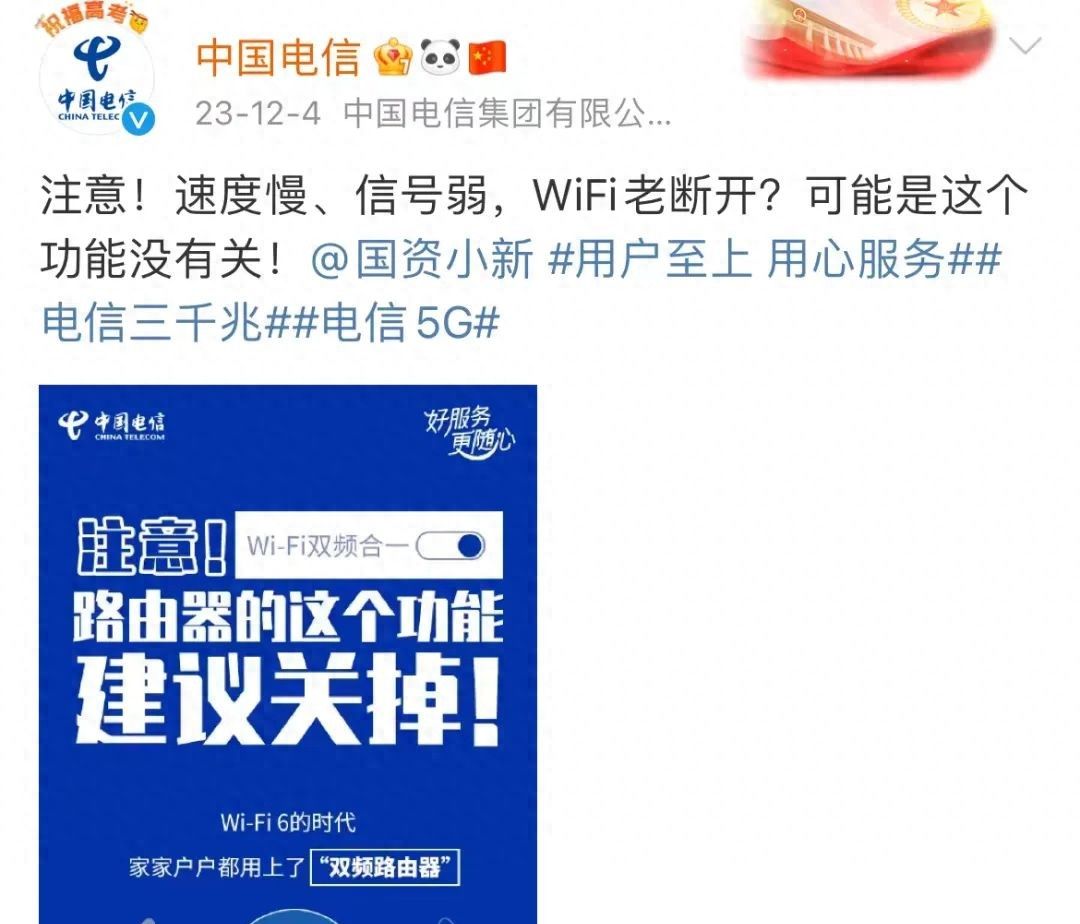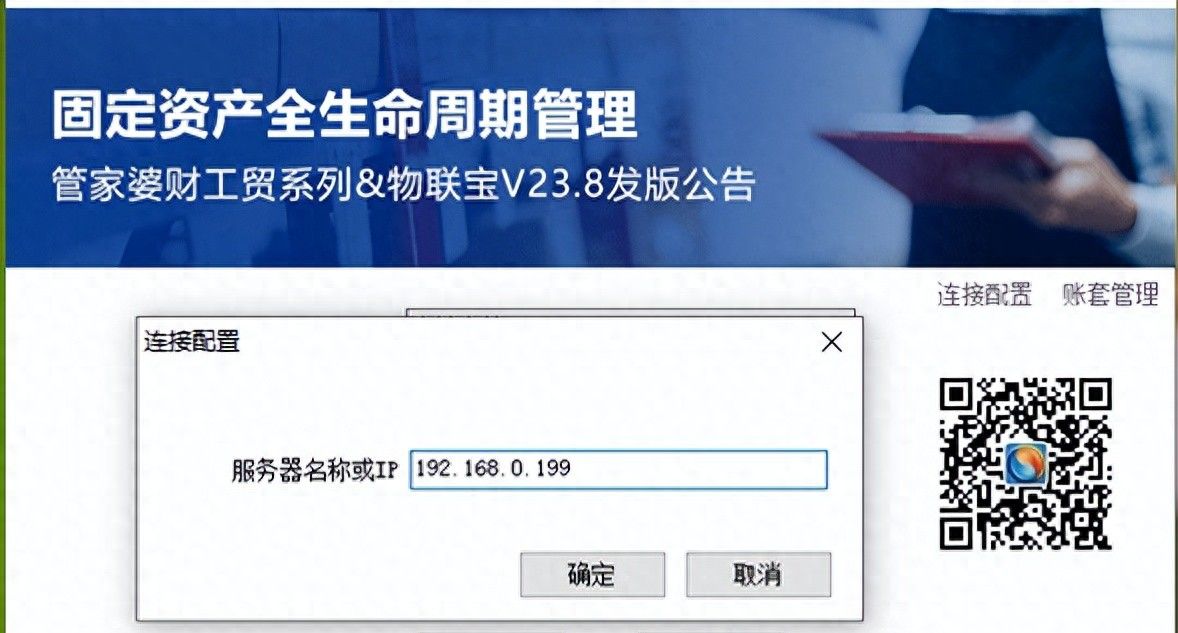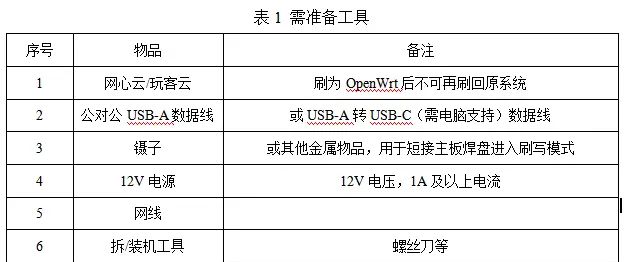# 鸿蒙应用:实现应用的个性化设置
## 一、HarmonyOS个性化体系架构解析
### 1.1 鸿蒙资源管理系统(Harmony Resource Manager)
鸿蒙操作系统通过统一的资源管理系统(Resource Manager)实现个性化配置,其采用模块化资源组织方式,支持按设备类型、屏幕密度、语言环境等20+维度进行智能匹配。根据华为开发者大会2023披露的数据,该系统的资源加载效率比传统Android资源系统提升40%,内存占用减少32%。
典型资源目录结构示例:
“`
resources/
├─ base/
│ ├─ element/
│ ├─ media/
│ └─ profile/
├─ en_US/
├─ zh_CN/
└─ device/
├─ phone/
└─ tablet/
“`
### 1.2 主题引擎工作原理
鸿蒙主题引擎基于声明式UI框架ArkUI构建,采用三层优先级策略:
1. 应用默认主题(优先级100)
2. 用户自定义主题(优先级200)
3. 系统全局主题(优先级300)
主题配置文件示例:
“`xml
{
“name”: “MidnightBlue”,
“attributes”: {
“colorPrimary”: “#2E4053”,
“textSizeHeadline”: “24fp”,
“cornerRadiusMedium”: “8vp”
}
}
“`
## 二、动态主题切换实现方案
### 2.1 运行时主题更新机制
通过ThemeManager API实现动态主题切换,支持无闪烁过渡动画。关键代码示例:
“`typescript
// 获取主题管理器实例
const themeManager = ThemeManager.getInstance();
// 监听主题变化事件
themeManager.on( themeChange , (newTheme) => {
console.info(`主题已切换至:${newTheme}`);
});
// 切换至夜间模式
themeManager.changeTheme( dark ).then(() => {
console.info( 主题切换完成 );
}).catch((err) => {
console.error(`切换失败:${err.code}`);
});
“`
### 2.2 主题继承与覆盖策略
鸿蒙支持多级主题继承体系,开发者可以创建基础主题并派生子主题。覆盖规则遵循:
1. 子主题属性优先于父主题
2. 数值型属性叠加计算
3. 颜色属性完全覆盖
继承配置示例:
“`json
{
“parent”: “BaseTheme”,
“attributes”: {
“colorAccent”: “#3498DB”,
“elevationMedium”: “6vp”
}
}
“`
## 三、响应式布局适配技巧
### 3.1 自适应网格布局(Adaptive Grid)
鸿蒙提供智能网格系统,可根据设备类型自动调整列数。以下示例展示平板与手机的差异适配:
“`typescript
@Entry
@Component
struct AdaptiveExample {
build() {
Grid() {
ForEach(this.items, (item) => {
GridItem() {
// 内容组件
}
})
}
.columnsTemplate(this.getColumnsTemplate())
}
private getColumnsTemplate(): string {
if (display.getDefaultDisplay().width >= 600) {
return 1fr 1fr 1fr 1fr ; // 平板四列
}
return 1fr 1fr ; // 手机两列
}
}
“`
### 3.2 断点系统(Breakpoints)应用
鸿蒙定义标准设备断点参数:
| 设备类型 | 最小宽度(vp) | 典型应用场景 |
|———-|—————-|——————–|
| 手机 | 320 | 竖屏单列布局 |
| 折叠屏 | 600 | 分屏模式 |
| 平板 | 840 | 多列网格布局 |
| 智慧屏 | 1280 | 电视界面优化 |
断点监听实现:
“`typescript
AppStorage.SetOrCreate( currentBreakpoint , xs );
@Watch( onBreakpointChange )
function updateBreakpoint() {
const width = display.getDefaultDisplay().width;
if (width >= 1280) {
AppStorage.Set( currentBreakpoint , xl );
} else if (width >= 840) {
// 其他断点判断…
}
}
“`
## 四、用户偏好存储与同步
### 4.1 首选项(Preferences)深度应用
鸿蒙首选项系统支持多级数据存储结构,性能指标如下:
| 操作类型 | 平均延迟(ms) | 最大吞吐量(ops/s) |
|———-|—————-|———————|
| 写入 | 2.3 | 8500 |
| 读取 | 0.8 | 12000 |
数据加密存储示例:
“`typescript
const options: dataStorage.Options = {
name: user_prefs ,
securityLevel: dataStorage.SecurityLevel.S1
};
dataStorage.getPreferences(context, options)
.then(pref => {
pref.put( theme , dark , (err) => {
if (!err) console.info( 偏好保存成功 );
});
});
“`
### 4.2 跨设备同步策略
通过分布式数据管理(Distributed Data Management)实现多设备同步:
“`typescript
// 创建同步回调
const syncCallback: dataSync.SyncCallback = {
onComplete: (data) => {
console.info( 同步完成 );
},
onConflict: (conflicts) => {
// 处理数据冲突
return conflicts.server; // 采用服务端数据
}
};
// 发起数据同步
dataSync.sync({
bundleName: com.example.app ,
sessionId: USER_SETTINGS
}, syncCallback);
“`
## 五、高级定制技巧与实践
### 5.1 动态资源注入技术
通过资源覆盖机制实现运行时资源替换:
“`typescript
resourceManager.updateResource({
resources: [
{
type: ResourceType.COLOR,
name: colorPrimary ,
value: #2ECC71
}
]
}).then(() => {
console.info( 资源更新成功 );
});
“`
### 5.2 可编程样式引擎
创建动态样式生成器:
“`typescript
class StyleGenerator {
static createDynamicStyle(params: StyleParams) {
return {
fontSize: `${params.baseSize * params.scaleFactor}fp`,
backgroundColor: this.calculateContrast(params.primaryColor)
};
}
private static calculateContrast(hexColor: string) {
// 对比度计算算法…
}
}
“`
本文系统性地阐述了鸿蒙应用个性化设置的核心技术,从基础架构到高级特性覆盖了完整实现链路。开发者可结合具体场景灵活选用适配方案,提议定期关注[开发者联盟](https://developer.harmonyos.com)获取最新API更新。
HarmonyOS, 鸿蒙应用开发, 个性化设置, ArkUI, 响应式布局, 主题引擎, 首选项存储

























暂无评论内容